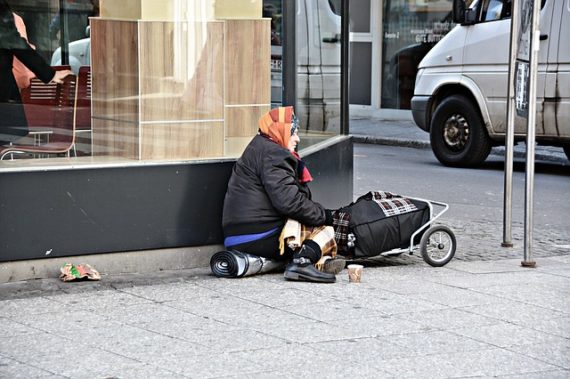
“We reaffirm that we are committed to the mental health and well-being of all individuals, that we are committed to healing and recovery for all those who seek it, and we are committed to inclusion and equity for all people. All those we serve, and all of us,” – incoming MHA president and CEO.
(6-15-21) Schroeder Stribling has been named President and CEO of Mental Health America, the nation’s oldest advocacy group for individuals living with mental illnesses. She replaces Paul Gionfriddo, the parent of an adult son with a mental illness, who has run the organization since 2014.
According to a press release, when she was introduced last Friday at an annual MHA conference, she said her experiences as a gay woman helped form the basis of her commitment to social justice issues.
“While my primary experience as a gay person has been one of acceptance and inclusion, this wasn’t the case for my biological father who himself was gay and who grew up in a very different time and place…his personal journey was difficult, he struggled mightily with depression and substance abuse.
“In my late teens and early twenties, I cared for him—as best I could at the time—while he was dying of AIDS…As you might expect, the experience was also traumatic for me—it overwhelmed my 20-year-old capacity to absorb the impact and led to anxiety and depression of my own. It took me many years afterwards to find the help and healing I needed to unwind the long tentacles of trauma. Three decades later now, my lived experience and that of my father, is the basis of my personal case for hope and my commitment to social justice.”
Mental Health America was founded in 1909 by Clifford W. Beers, who launched the group after being abused in both private and public mental hospitals. Historically, it has been the voice of individuals living with mental illnesses, although the larger National Alliance on Mental Illness, which was started in 1979 by parents, has recently expanded its membership to draw from that same base. A marked difference between the two groups is that MHA has traditionally opposed Assisted Outpatient Treatment while NAMI has endorsed its use as a last resort.






